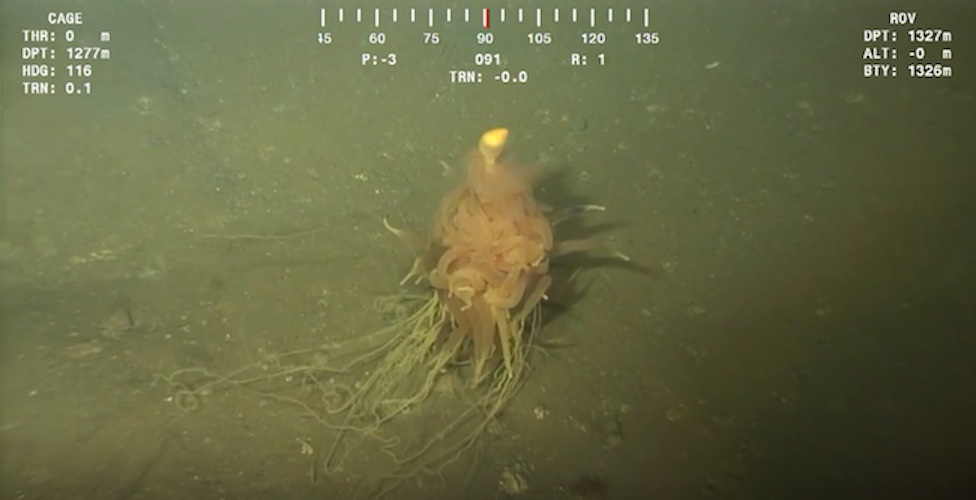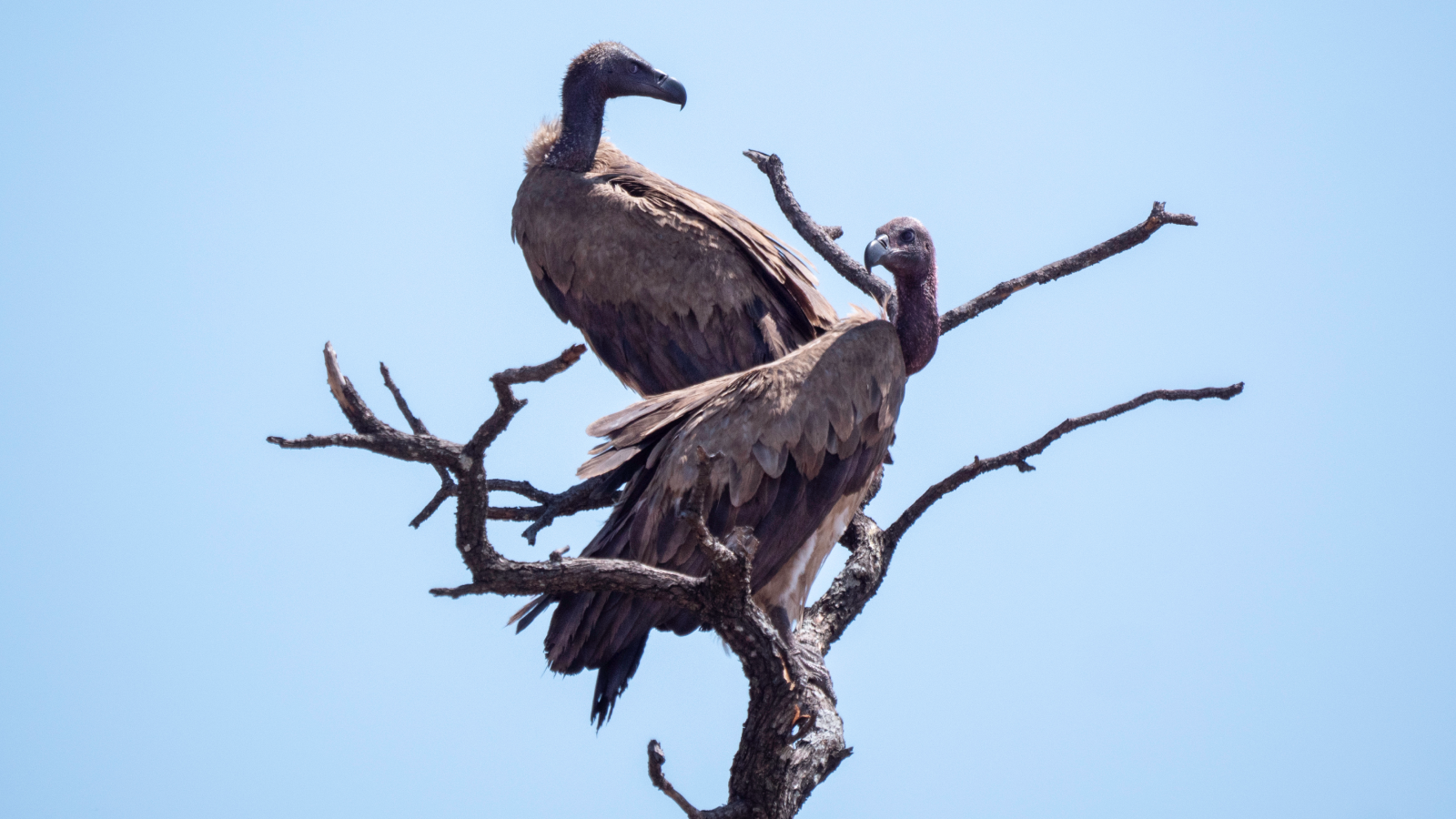'Spaghetti Monster'? Deep-Sea Critter Has Pasta-Like Appendages

This story was updated at 4:23 p.m. ET on Aug. 17.
It's white. It's weird. It looks like a bowl of noodles turned upside down underwater. What is it? It's a "flying spaghetti monster."
Actually, "it" (the bizarre-looking creature) is Bathyphysa conifer, a deep-sea critter that was recently seen swimming off the coast of Angola. Workers at the oil and gas company BP videotaped this strange-looking animal while collecting video footage some 4,000 feet (1,220 meters) under the sea with a remotely operated underwater vehicle (ROV). Not knowing what the noodle-armed creature was, the BP crewmembers named it after what they thought it most resembled: the deity of the Church of the Flying Spaghetti Monster.
But researchers at the National Oceanography Centre in Southampton, England, later identified the creature as a siphonophore. Related to jellyfish and corals, siphonophores are "colonial animals," according to a website dedicated to these fascinating creatures. The site was created by Casey Dunn, an associate professor of ecology and evolutionary biology at Brown University in Rhode Island. [In Photos: Spooky Deep-Sea Creatures]
Similar to corals, the spaghettilike B. conifer is made up of many different multicellular organisms known as zooids. These organisms are a lot like regular, solitary animals, except that they're attached to other zooids, forming a more complex organism. One zooid, developed from a fertilized egg, starts the process, and then other zooids bud from the original zooid until a whole animal is formed, according to the siphonophore website.
And each zooid has a job to do. In the case of B. conifer, some of the constituent zooids specialize in catching food and eating it, while others specialize in reproducing, for example. The zooids that can't feed, don't feed. The ones that can't reproduce, don't reproduce. But together, all the zooids survive just fine.
The deep-sea "spaghetti monster" is a particular kind of siphonophore, belonging to the suborder Cystonectae, according to the World Register of Marine Species. This species of cystonect is relatively rare, according to Catriona Munro, a doctoral student in ecology and evolutionary biology at Brown University. While several B. conifer specimens have been described, researchers don't often see these creatures in their native habitats, Munro told Live Science.
Get the world’s most fascinating discoveries delivered straight to your inbox.
Cystonects are made up of two main parts, anchored to a long stem. Up top, there is a pneumatophore, a gas-filled "float" that looks kind of like a big bubble. (That's the bulbous-looking thing sticking out from the top part of the spaghetti monster.) Farther down the stem is a siphosome, where a bunch of zooids are hard at work catching and eating food, reproducing, and doing all the other things the animal needs to do to survive. Unlike some other siphonophores, B. conifer and other cystonects lack a nectosome, another body part containing zooids that would propel the animal through the water.
Those armlike appendages poking through B. conifer's mass of "spaghetti" are gastrozooids, or feeding polyps, that the creature uses to catch food, Munro said.
But it's the animal's long tentacles (the stringy things that look more like angel hair pasta than linguini) that helped researchers identify the creature as B. conifer, according to the SERPENT Project (short for Scientific and Environmental ROV Partnership Using Existing Industrial Technology). This project is part of the National Oceanography Centre and is also the group responsible for identifying the siphonophore in BP's footage.
The tentacles are missing what the SERPENT researchers called "side branches," which means that the spaghetti monster is most likely the side branchless B. conifer. In addition to its many other strange parts, the critter also has ptera, or wings, which are located on the top part of the animal near the bulbous pneumatophore. The ptera are also used by the gastrozooids, but not to catch food, said Munro, who noted that the wings might be used to help the animal move through the water.
As the siphonophore website explains, scientists who study these animals rely heavily on ROVs and other special equipment to dive down deep and examine these spectacular and wonderfully weird-looking creatures.
But not everyone thinks that the pastalike animal has a strange appearance. Munro (who happens to be a big fan of siphonophores) said she thinks the so-called spaghetti monster is "really good looking."
Editor's Note: This story was updated to add insight from Catriona Munro, a researcher at Brown University, and to correct a statement about the appearance of B. conifer's wings.
Follow Elizabeth Palermo @techEpalermo. Follow Live Science @livescience, Facebook & Google+. Original article on Live Science.

